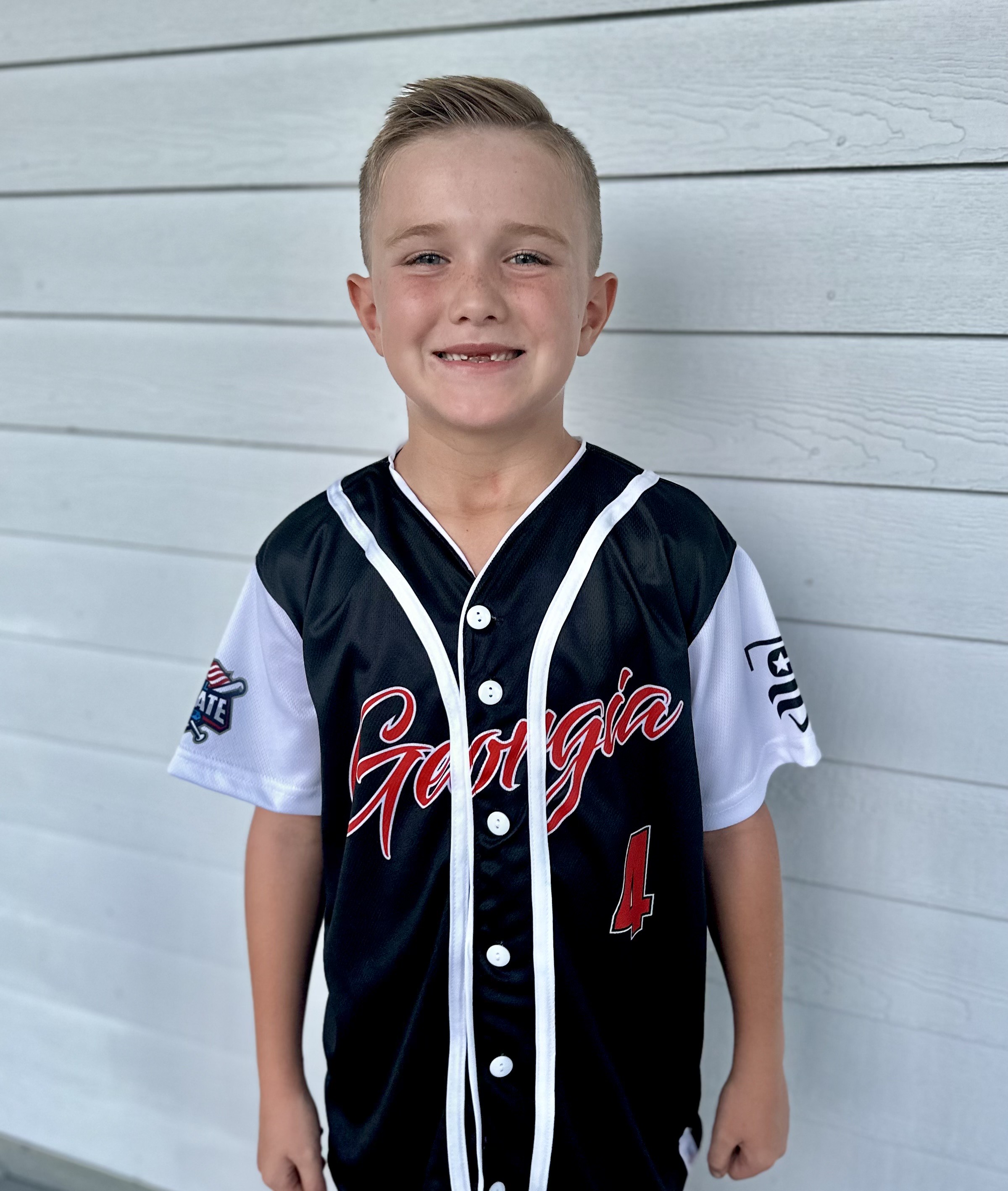One teacher speaks Spanish, another speaks English. Everyone learns something new.
Published 4:30 pm Tuesday, September 13, 2016

- Nellie Lipscomb learns shapes during dual-language kindergarten on Wednesday at Fairview Elementary. Globe | Roger Nomer
CARTHAGE, Mo. — No matter what language students in one Missouri elementary class speak at home, they spent part of their first day of school attempting to follow a new one.
Students in one kindergarten class at Fairview Elementary School are part of a new language immersion program where classes are taught in both English and Spanish.
Trending
One of their teachers, Emily Jimenez, spoke only Spanish in class; the other only English.
Carthage’s experiment with the format comes after a wave of immigration from Spanish-speaking countries led to an increased need for English as a Second Language support services in the district.
Students followed the teacher’s hand gestures, learned new words and turned to their “study buddy” for help when they couldn’t understand.
And sometimes they pushed back.
“At first, some are defiant,” said Jimenez. “They’ll say, ‘I’m sorry, I don’t understand what you’re saying.’”
But soon, she said, even those students began “code-switching,” or replacing words in English sentences with Spanish vocabulary, an early sign that the language acquisition process is underway.
Trending
Now in its second year, the bilingual education program at Fairview is seeing impressive results, according to parents, teachers, students and administrators.
“Language immersion” education has gained traction around the U.S. in recent decades — 32 states have some form of it in place. Fairview’s is the only one in Missouri that serves equal numbers of English- and Spanish-dominant students.
In 1996, there were 40 students in the Carthage district who required ESL support. Today there are 1,180, according to Jana Sawyer, language coordinator for Carthage schools, or 26 percent of all Carthage students. Fairview was chosen to pilot the program because 68 percent of its students speak Spanish at home.
But demand for slots in the program has only barely exceeded the available supply.
While every seat has been filled in its first two years, not one family has been turned away.
“I’m surprised, frankly,” said Lora Phelps, one of several parents who first presented the idea for the program to the Carthage School Board. “I thought we’d have a waiting list on year one.”
Fairview Principal Ronna Patterson said it would take time for the community to take note of the benefits of bilingual education.
“It’s a very new concept here,” she said, noting that the Fairview dual-language program is one of only three in Missouri.
Learning a new language is only part of what Brecklyn Abbiatti, a second-grader at Fairview, likes about bilingual education.
“We help other people understand how cool it is to know two languages,” she said.
Each student in the program is assigned a “study buddy” who is dominant in the opposite language. As the buddies help their partners solve problems in their non-native languages, both students contribute to learning in the classroom.
Randi Nelson, a 21-year teacher who teaches kindergarten English in the dual-language program, said her students gain confidence from the tight-knit communities that spring from multicultural classrooms.
“You see it in comfort levels on the playground,” she said. “We see a lot of interplay between English-speakers and Spanish-speakers. Spanish-speakers in the normal track sometimes lose their Spanish, but kids in dual-language don’t because there’s so much encouragement for the language.”
Nelson said that Spanish-speaking students can become uncomfortable with their native language when it is not reflected in their teachers and learning materials.
Norma Reyes said that her daughter has shown an increased interest in speaking Spanish since starting kindergarten in the dual-language program this year. While her first language is Spanish, she married an American, and her family speaks primarily English at home.
“Ever since she started these classes she wants to talk in Spanish,” Reyes said of her daughter. “If I talk to her in English, she says ‘talk to me in Spanish,’ and when I hear her practicing what she did in school it’s always in Spanish.”
Reyes’ son started at Fairview before the program began. She says he is jealous that his sister will learn Spanish at school.
Students in the dual-language program are not removed from the classroom for ESL instruction, unlike Spanish-dominant students in mainstream classrooms.
Confidence and proficiency in two languages brings a host of benefits, said Tina Hallmark, whose daughter is in the dual-language program.
“It brings creativity,” she said. “It brings self-discipline because she wants to learn. And being completely bilingual is amazing for the job and travel opportunities it will open up in her future.”
Studies of dual-language schools around the country have shown that the program yields clear academic benefits, Sawyer said.
“Research shows that bilingual people are generally better problem-solvers. Students in dual-language programs over the long run will outperform other students,” she said.
Levin writes for the Joplin, Missouri, Globe.





